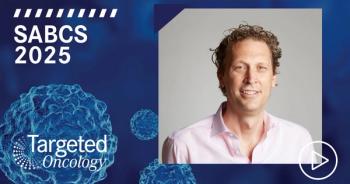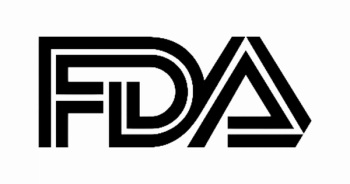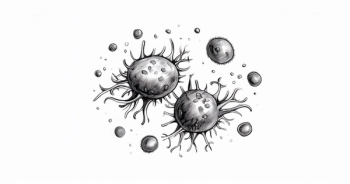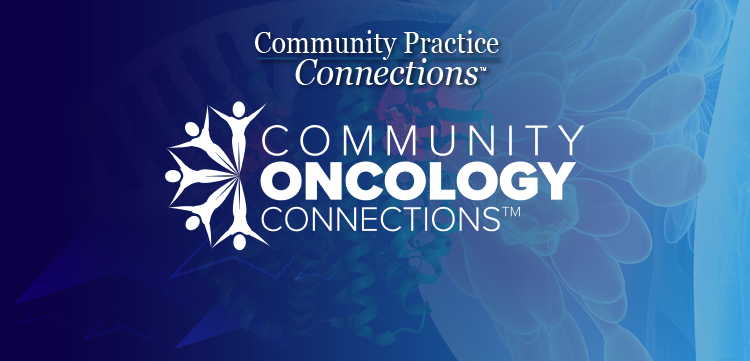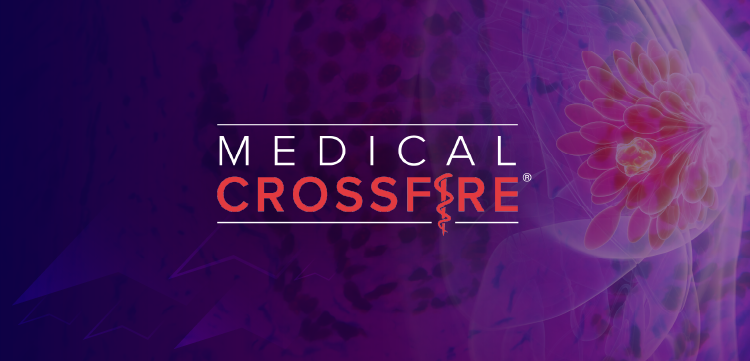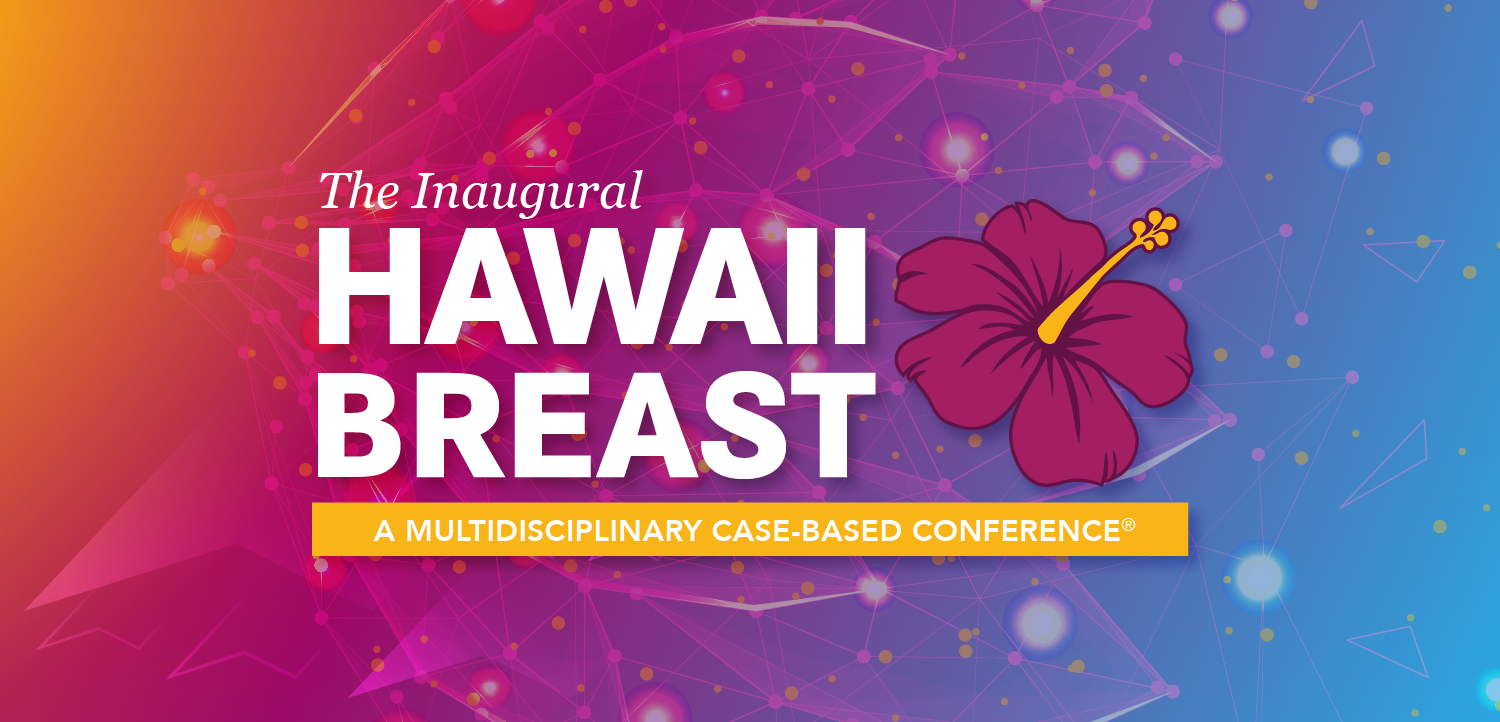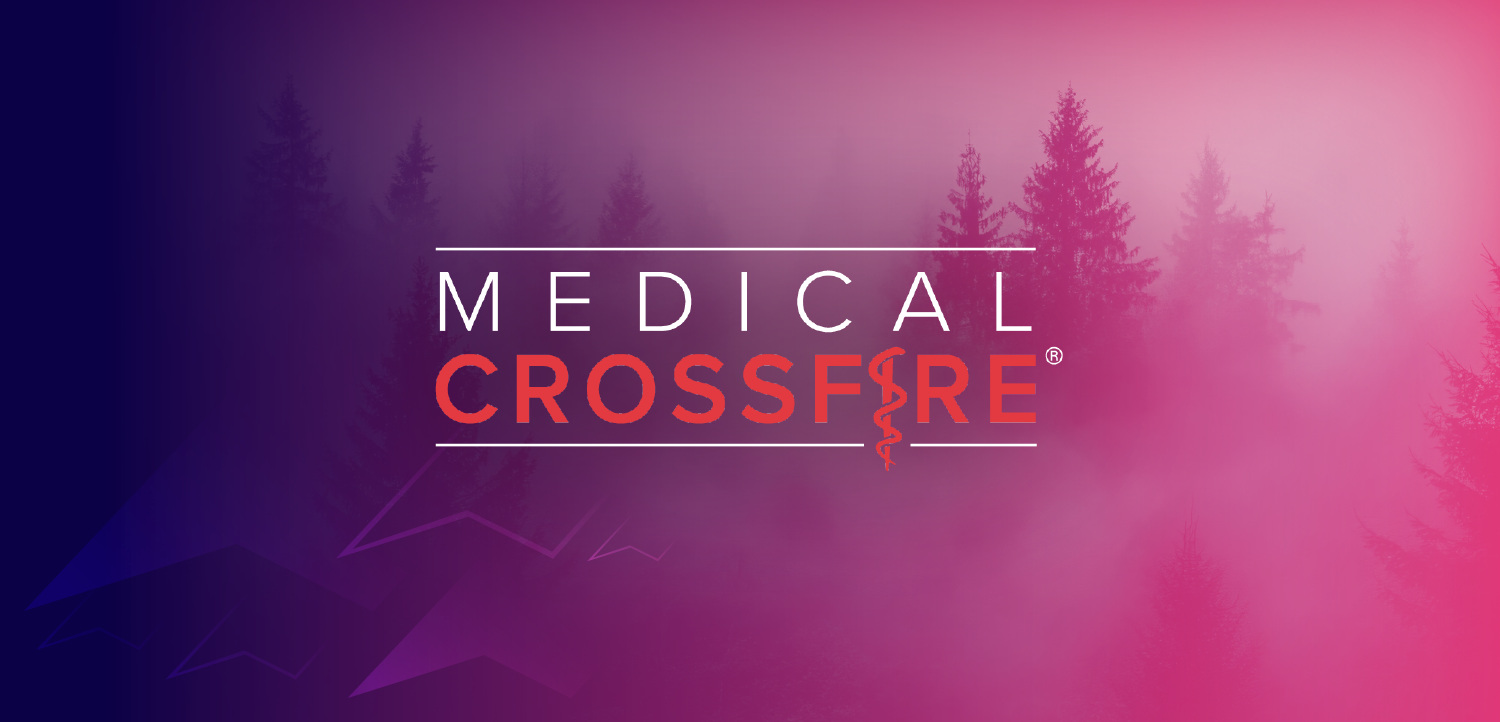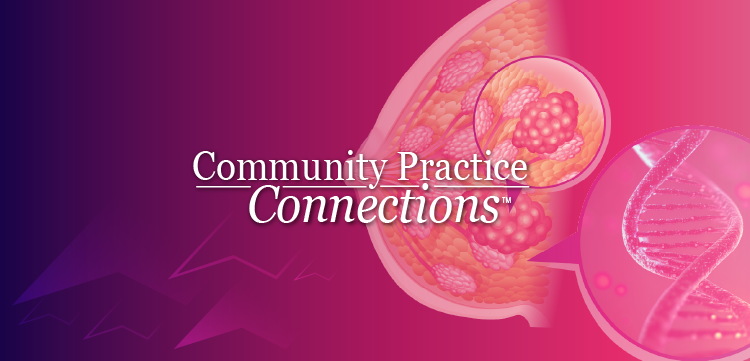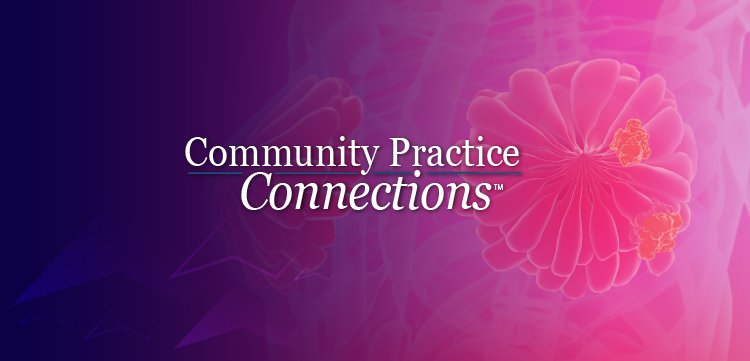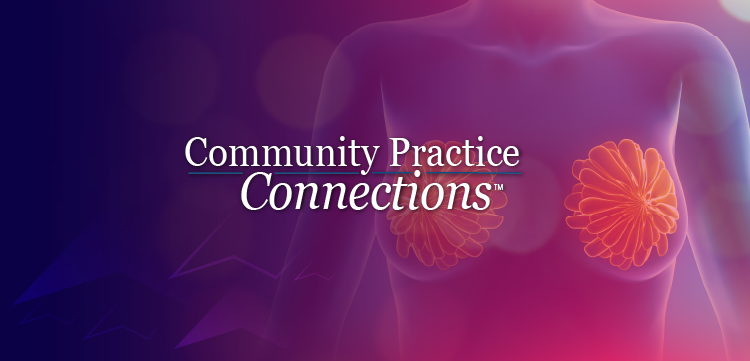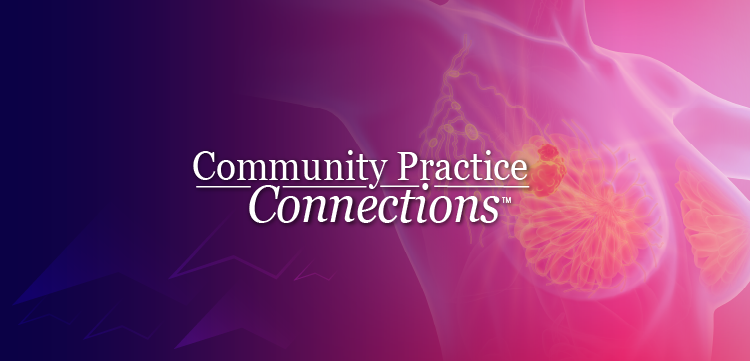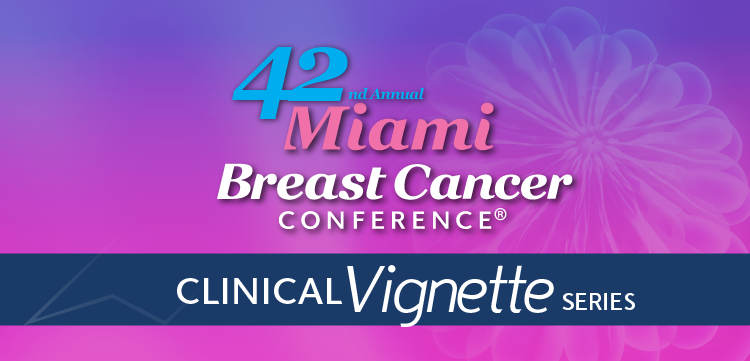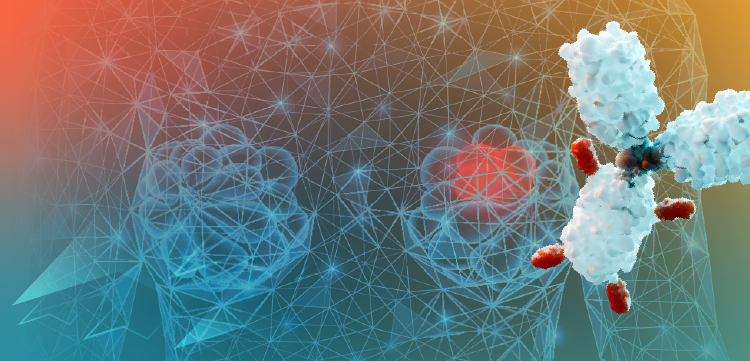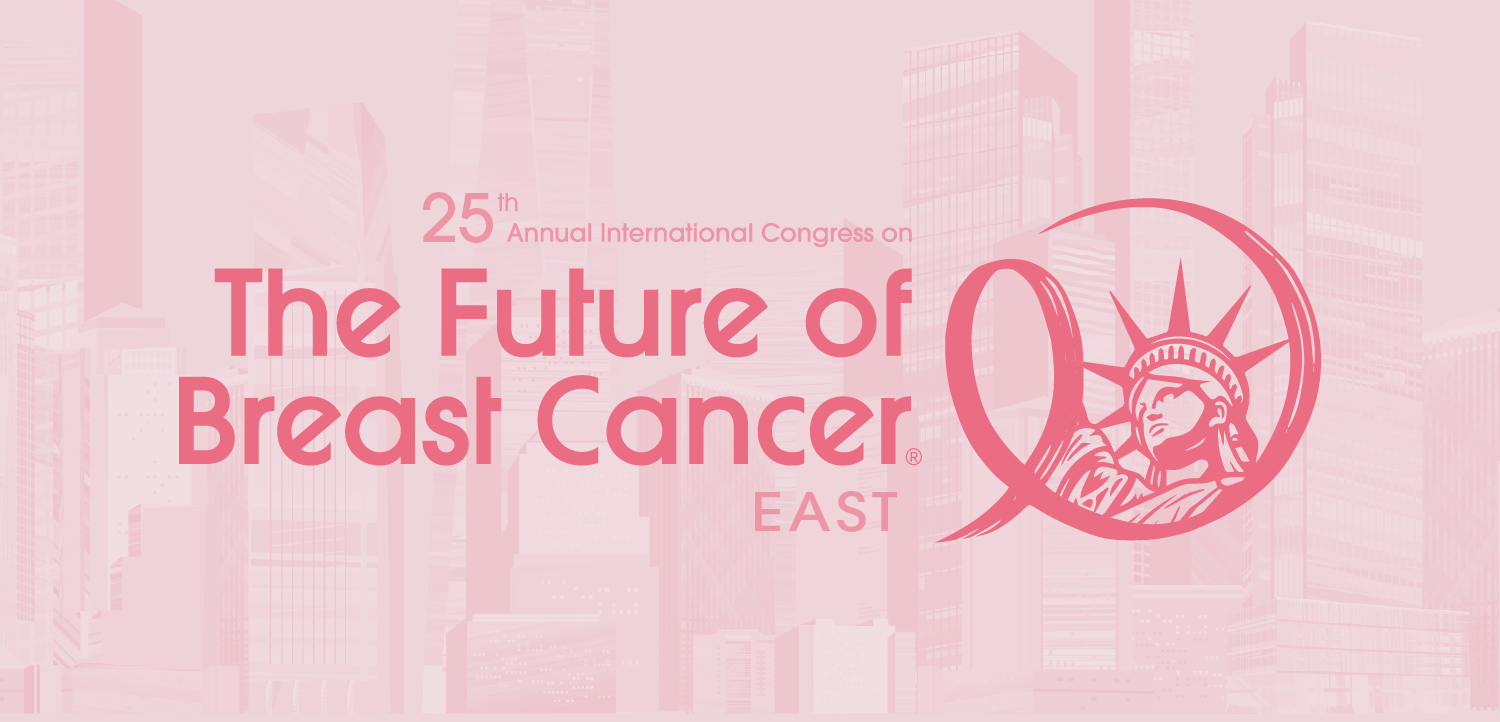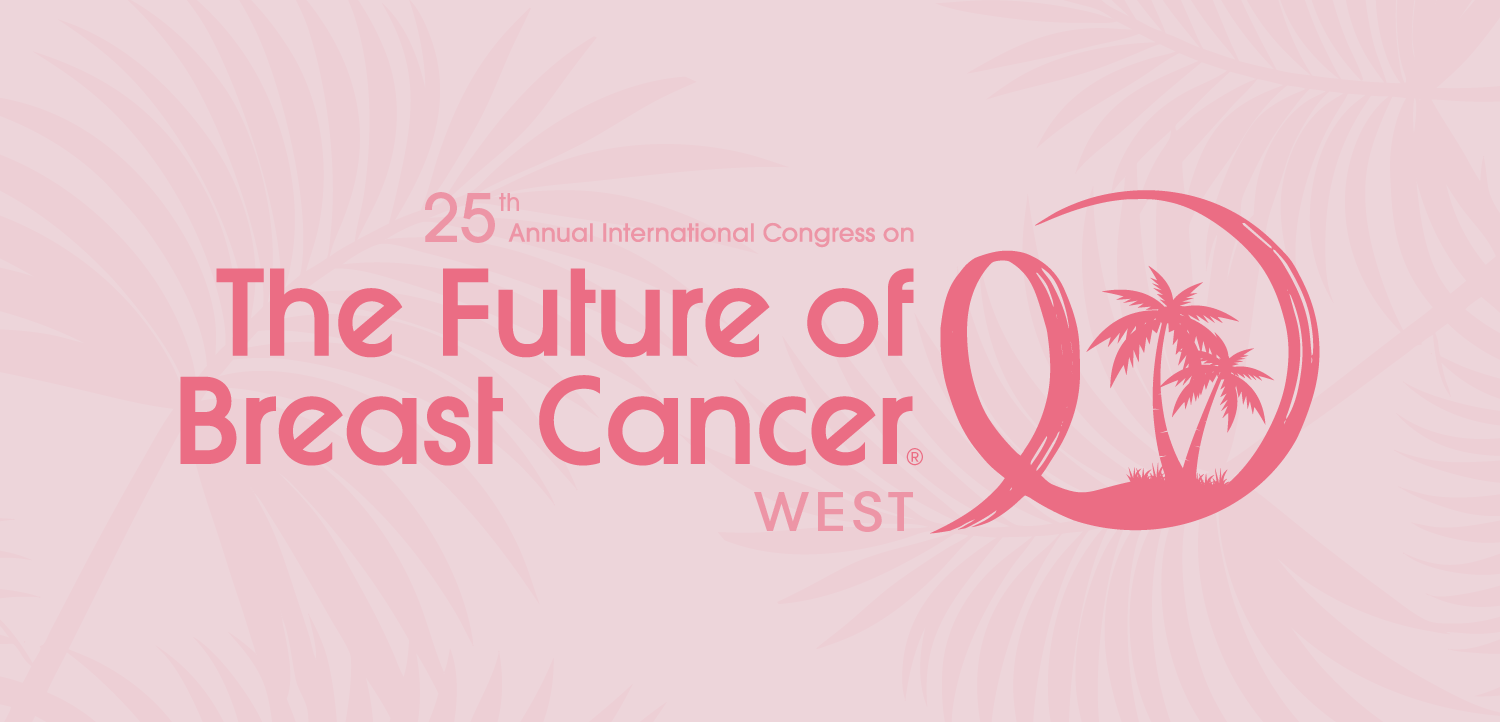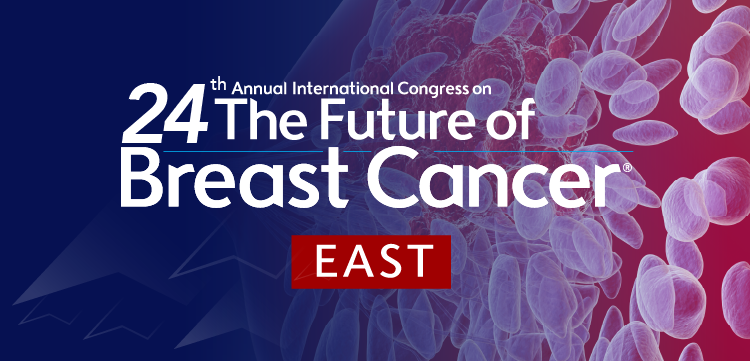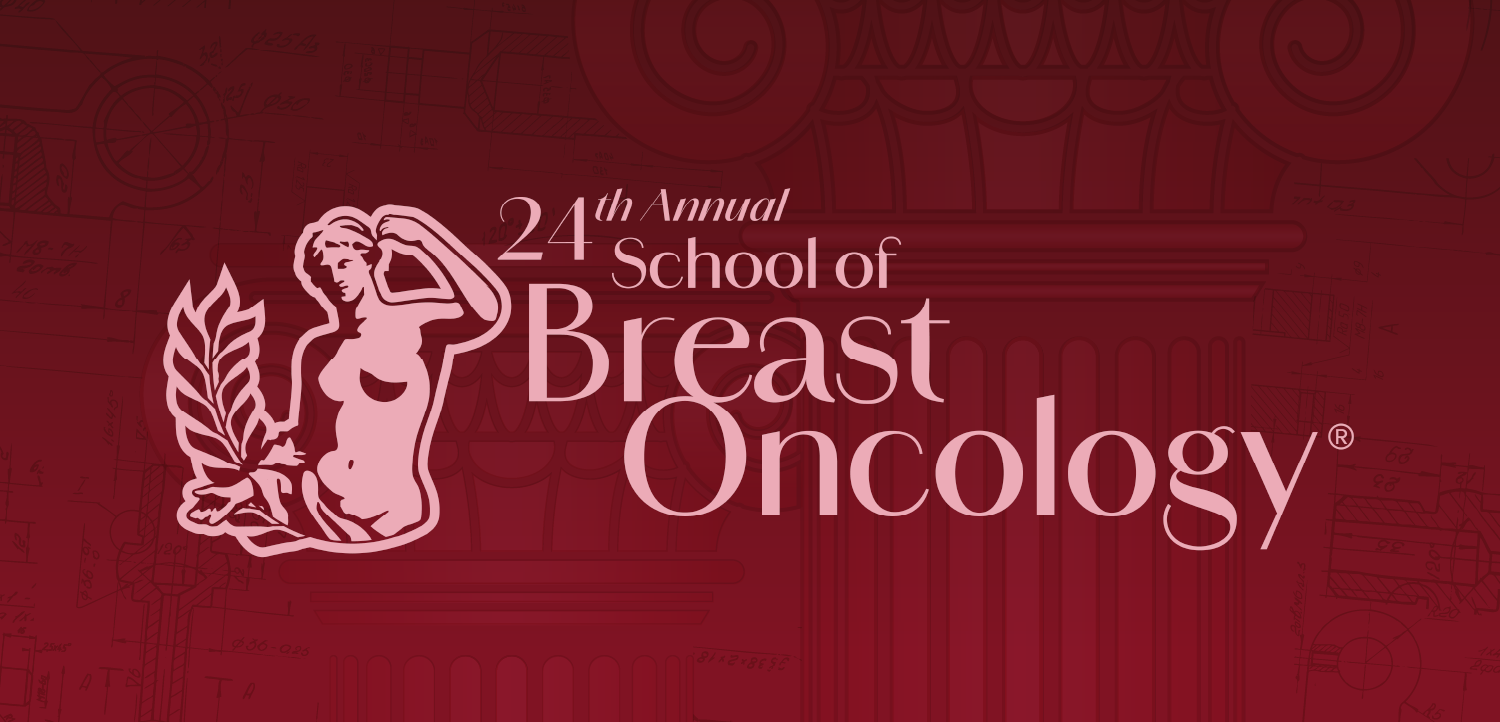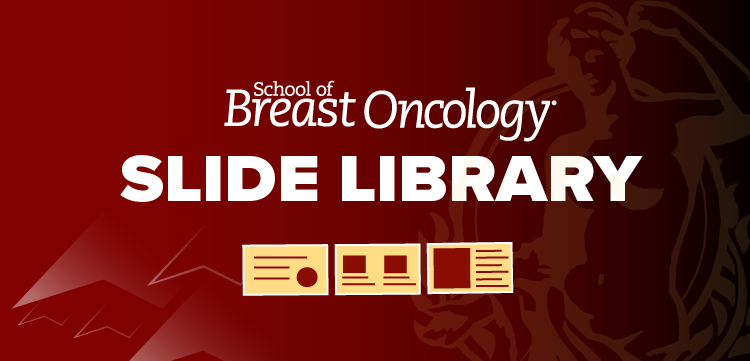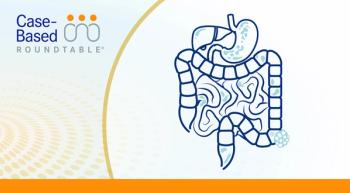
Cema-Cel Advances CAR T Therapy for LBCL in ALPHA Trials
Frederick L. Locke, MD, discussed cema-cel's safety, efficacy, and potential for treating large B-cell lymphoma in earlier lines in the ALPHA trials.
Cemacabtagene ansegedleucel (cema-cel; formerly ALLO-501/A), a next-generation, allogeneic, chimeric antigen receptor (CAR) T-cell therapy, led to promising overall and durable complete response rates and had a manageable safety profile when given to patients with relapsed/refractory large B-cell lymphoma (LBCL) who did not have previous exposure to CD19-directed CAR T-cell therapy.1,2
According to data from the phase 1 ALPHA (NCT03939026) and phase 2 ALPHA2 (NCT04416984) studies and data published in the Journal of Clinical Oncology, the overall response rate (ORR) among the 33 evaluable patients enrolled in the studies was 58% (95% CI, 39.2%-74.5%). The complete response (CR) rate for these patients was 42% (95% CI, 25.5%-60.8%).
The observed ORR and CR rates seen in the ALPHA and ALPHA2 trials were consistent with those seen with approved autologous CD19 CAR T-cell products for the treatment of patients with R/R LBCL after 2 or more lines of systemic therapy.
Additional findings showed that the median duration of response (DOR) was 11.1 months (95% CI, 3.1-not reached [NR]) for all patients, and for those who had a CR, the median DOR was 23.1 months. The median progression-free survival rate was 3.9 months (95% CI, 1.9-6.1) for all patients and 24.0 months (95% CI, 4.5-not evaluable [NE]) for those who were complete responders. Further, the median overall survival (OS) was 14.4 months (95% CI, 7.0-NR) in all patients and NE (95% CI, 22.2 months-NE) for complete responders.2
Looking at safety, cema-cel was shown to have a manageable safety profile. There were no dose-limiting toxicities, graft-vs-host disease, or immune effector cell–associated neurotoxicity syndrome seen in the trial. The most common any-grade treatment emergent adverse events included neutropenia (85%), anemia (67%), thrombocytopenia (58%), infusion-related reactions (58%), fatigue (52%), pyrexia (49%), nausea (39%), lymphopenia (36%), hypotension (36%), peripheral edema (33%), decreased white blood cell count (30%), CMV reactivation (30%), decreased appetite (30%), chills (30%), and hypoxia (27%).
Now, ALPHA3 (NCT06500273), a phase 2 study evaluating cema-cel as a consolidation strategy in patients with detectable minimal residual disease (MRD) measured by PhasED-Seq after standard 1L immunochemotherapy, is ongoing and plans to accrue into 2026.3
In an interview with Targeted OncologyTM, Frederick L. Locke, MD, lead investigator on ALPHA and ALPHA2 and chair of the Department of Blood and Marrow Transplant and Cellular Immunotherapy at Moffitt Cancer Center and Research Institute, discussed cema-cel's safety, efficacy, and potential for treating LBCL in earlier lines in the ALPHA trials.
Targeted Oncology: What are the ALPHA trials and what did they seek to investigate? Locke: The ALPHA and ALPHA2 trials were phase 1 clinical trials designed to test out the safety, the number of cells to be used, and the conditioning chemotherapy, or the lymphodepleting chemotherapy doses, to be used for an allogeneic CD19-directed CAR T-cell therapy in patients with lymphoma. The allogeneic CAR T cells themselves were gene-modified with a TALEN-mediated knockout of several genes to make the use of donor cells possible. This includes a CD52 knockout that allows us to use ALLO-647, which is an antibody against CD52. By knocking out CD52 in the T cells, we can use that antibody to reduce normal T cells, making space, if you will, for the allogeneic CAR T cells.
Additionally, there’s a TCR knockout. This knockout removes the T-cell receptor, which normally would recognize infected cells. By removing this gene, donor cells will not recognize the patient's normal body cells, so it prevents graft-vs-host disease. Those infused T cells will not think the patient's body is abnormal and attack them, so there’s no graft-vs-host disease. So, really, these phase 1 trials are exciting as we are testing out these therapies in [patients with] lymphoma.
What are the potential benefits and challenges of using cema-cel in the first-line setting for LBCL?
The ALPHA and ALPHA2 trials tested out the allogeneic CAR T cells, which are now called cemacabtagene ansegedleucel, or cema-cel. Because of the effectiveness of these CAR T cells, particularly in patients with large B-cell lymphoma, we are excited to bring this therapy up to an earlier line of treatment. The phase 1 results demonstrated that patients could have remissions and durable remissions, particularly if they had not had prior autologous CAR T-cell therapy. In fact, the patients who had not had prior CAR T-cell therapy and had very little evidence of disease—minimal residual disease before CAR T—all had a response to cema-cel.
That informed our design of the ALPHA3 study, which is a randomized clinical trial testing out cema-cel vs observation as a consolidation following frontline therapy for patients with large B-cell lymphoma who are found to have MRD positivity, using a very sensitive test. We know that many patients after frontline chemo can be cured, but those who have positive minimal residual disease are very likely to progress. So, if we can intervene with an allogeneic CAR T-cell therapy like cema-cel, which we know works well in patients with low disease burden, we think we can change the disease course following frontline therapy for large B-cell lymphoma. This is really based upon the ALPHA and ALPHA2 clinical trials, which showed the safety of cema-cel. In fact, of the large B-cell lymphoma patients who had not had prior CAR T, the CRS rate was very reasonable at 24%, with no severe CRS and no incidents or cases of immune cell neurotoxicity. So, I think this is the perfect setting following consolidation of frontline therapy.
How are the potential CAR T-related toxicities being managed, especially in that first-line setting?
It is important to think about the phase 1 clinical trial, which treated patients who needed third or later line therapy for lymphoma. These are patients who are refractory to multiple lines of treatment. They may have had bulky disease in some cases. Despite that, in patients who had not had prior CAR T-cell therapy, the complete response rate was 42%, and in fact, it was even higher—58%—in those who received a selected phase 2 dose that we are going forward with in the ALPHA3 study.
This complete response rate is very in line with what we see with autologous CAR T-cell therapy in the third or later line setting. Patients with low disease burden all responded to cema-cel, and that is why we think going for patients with MRD positivity after frontline therapy is a great strategy. It does not mean we do not have to manage these patients carefully. Toxicity is certainly possible. Low CRS rates—about a quarter of patients can have a fever, cytokine release syndrome—but no cases of neurotoxicity in the ALPHA and ALPHA2 phase 1 studies.
Certainly, we also want to test out the lymphodepletion as part of the ALPHA3 study. So, we are testing out fludarabine/cyclophosphamide, which is standard for autologous CAR T, with the addition of ALLO-647, the CD52 antibody, which helps deplete other cells. We will see which of those regimens—fludarabine/cyclophosphamide or fludarabine/cyclophosphamide plus ALLO-647—is necessary. But we also have to watch out for infections in these patients, so we’re watching the patients treated very carefully.
The phase 1 data is promising, suggesting that giving fludarabine/cyclophosphamide plus ALLO-647 transiently depletes lymphocytes and other immune cells, allowing for the infusion—the single infusion—of allogeneic cema-cel, which then expands and can mediate remissions that are prolonged and, in fact, durable. In the phase 1 study, we have patients with [complete responses], and the median duration of response is 23.1 months. So, pretty impressive and durable remissions for patients getting an allogeneic CAR T-cell therapy.
How does the off-the-shelf nature of allogeneic CAR T, like cema-cel, address the limitations of autologous CAR T?
With an off-the-shelf allogeneic CAR T-cell therapy, we can address some of the limitations of autologous CAR T cells. Autologous CAR T cells require us to take out the T cells from the patient themselves, where the disease, in this case, large B-cell lymphoma, can actually hurt the T cells and cause dysfunction of the T cells, both exhaustion and metabolic dysfunction. Those same T cells are the ones that make the treatment, the CAR T cells. By using a healthy allogeneic donor, we avoid that problem. It takes at least 3 weeks, in most cases 4 to 6 weeks, to make autologous CAR T cells. That means the patient may need bridging therapy. They may never even receive autologous CAR T cells due to progression or other medical events. With allogeneic CAR T-cell therapy, we can simply realize the patient needs the treatment and treat them very rapidly. So, it really reduces the time until treatment, and we think that’s really important. It’ll make the use of allogeneic CAR T cells very easy in the ALPHA3 study, where we’re administering them as a consolidation after frontline therapy.
What are the cost considerations for allogeneic CAR T compared with other treatments for LBCL, and what is the potential impact on healthcare systems?
We believe that the ALPHA3 study can lead to FDA approval of cema-cel, the first allogeneic CAR T-cell therapy. It would be the first to gain FDA approval if that’s the case, and we think the ALPHA3 study could be positive and show a benefit for those patients with MRD positivity after frontline therapy. Certainly, costs of the product itself will be set until and if such therapy is FDA approved. But if we look at the cost and the resource utilization around CAR T-cell therapy, allogeneic CAR T-cell therapy with cema-cel is very favorable compared with autologous CAR T-cell therapy.
We can give the lymphodepleting therapy right away when we recognize the patient needs the treatment. We do not have to wait. We do not have to provide bridging therapy while the CAR T cells are being manufactured for autologous CAR T. We do not have to do leukapheresis, and the toxicities with cema-cel are very favorable compared with autologous CAR Ts, with lower [cytokine release syndrome] rates and no incidence of neurotoxicity that we see frequently with some CAR T cells. Those are the [adverse events] that cause a burden on the healthcare system, including requiring admission to the hospital and lots of attention by physicians, allied health professionals, nurses, and, as such, I think allogeneic CAR Ts have the opportunity to reduce healthcare costs. Right now, we are focused on the ALPHA 3 clinical trial and getting these FDA approved for patients.
What do you think is left for this research, and how can community oncologists prepare to integrate allogeneic CAR T into their practice?
The most important thing to know right now, and for community oncologists to really think about allogeneic CAR T-cell therapy with cema-cel, is to participate in the ALPHA3 clinical trial. We think this will be a paradigm-changing clinical trial where we are testing out, following frontline therapy with R-CHOP or R-CHP, or any other frontline therapy—which many community oncologists do for their large B-cell lymphoma patients—by referring that patient or considering that patient for screening for ALPHA3 early on in that frontline treatment.
We can, number 1, identify if that patient can be tested by the MRD testing, the PhasED-Seq test, after completion to see if they are MRD-positive. So, the earlier they are sent—even after 1 or 2 cycles—send them in, or in some cases, the sponsor is facilitating this screening to be done in some of these satellite or community oncology facilities. Then, when they complete their 6 cycles of frontline therapy, we are ready to go. We test for MRD positivity, and this is access to a test, the PhasED-Seq test, which is not commercially available. This is a test that does not exist—we cannot check it for our patients now—but it clearly, in small clinical trials and in small data sets, has shown that it has benefits and can predict who’s going to progress after frontline therapy.
What the ALPHA3 trial will answer is whether an intervention like allogeneic CAR T cells could change the course for these patients and really give them an opportunity for cure when they’re destined for relapse. So, please consider your patients for the ALPHA3 study, and just knowledge of it and referral or discussion with your tertiary care center are appropriate.
REFERENCES
Locke FL, Munoz JL, Tees MT, et al. Allogeneic CAR T cell products cemacabtagene ansegedleucel/ALLO-501 in relapsed/refractory large B-cell lymphoma: phase 1 experience from the ALPHA2/ALPHA clinical studies. J Clin Oncol. Published online February 13, 2025. doi:10.1200/JCO-24-01933
Allogene Therapeutics announces publication of durable response data from phase 1 ALPHA/ALPHA2 trials of the allogeneic CAR T cemacabtagene ansegedleucel/ALLO-501 in relapsed/refractory large B-cell lymphoma in the Journal of Clinical Oncology. News release. Allogene. February 14, 2025. Accessed March 18, 2025.
https://tinyurl.com/bdc3cj75 Westin JR, Herrera AF, Lynch R, et al. ALPHA3, a pivotal phase 2 study of first-line consolidation with cemacabtagene ansegedleucel (Cema-Cel) in patients with large B-cell lymphoma and minimal residual disease after response to standard therapy. Blood. 2024;144(1):3132.1. doi:10.1182/blood-2024-194909


